Despite the prevalence of Buddhism in Laos, animist beliefs are still widespread amongst the people of the country. The belief in phi (spirits) is blended into Buddhism. Some monks are respected to have the ability to exorcise spirits from a sick person or drive them away from one’s home. Many Lao people believe that they are protected by kwan (similar to the concept of a soul). A baci ceremony is meant to ‘call’ the kwan in celebration of certain events or to protect one during illness.
Before getting into the baci ceremony it is important to understand the concept of kwan. Some westerners have described kwan as vital forces giving harmony and balance to the body. It is an ancient belief in the country that human beings consist of a collection of 32 organs and that one kwan is assigned to protect one particular organ. It is imperative that a person keeps as many in the body as possible. It is also believed that a person gets ill when one or more kwan leaves the body. So, the baci ceremony is meant to re-call the kwan and secure them in the body, thus re-establishing balance. For other purposes, the baci ceremony is meant to re-call the kwan for good luck and fortune.
The baci ceremony (otherwise known as su kwan which means calling of the soul) is the center-piece of many celebrations and rituals. Some of the people who are given bacis include a mother who is recovering from birth, newlyweds for happiness and prosperity, novice monks before entering a temple and as mentioned before the sick to speed up recovery. The ceremony can take place at any time of the year and at anytime of the day, but noon or before sunset is preferred.
Before the ritual, the younger people present would pay their respects to the elders. There will also be a pha kwan, which is an arrangement consisting of a silver bowl containing a banana-made cone sprouting from the top, some flowers and white silk threads. Around the base is the food for the kwan which usually includes eggs, fruits, sweets, a bottle of rice whisky and whole boiled chicken. The pha kwan is placed on a white cloth in the center of the room and everyone touches it before the start of the ritual.
The ceremony is performed by a respected elder who is an ex-monk. He calls the kwan in a loud song-like chant asking it to bring well-being and happiness and to share in the feast that will follow. When the chanting is finished, the elder puts the food (usually the egg as it symbolizes fertility) onto the recipient’s hand. He then takes the white silk thread and ties it around the main receiver’s wrist, and then to everyone else at the ceremony. The thread must be left on the wrist for three days (or until it falls off by itself), and can be broken or untied but never cut.
The baci ceremony is a very important ritual in Laos and although it is not necessarily a tourist attraction, you can contact us if you would like to be a part of this special ceremony in any of our Laos tours. In the meantime, you can enjoy a thorough Southeast Asian experience with our Colorful Capitals tour where you will visit each city’s main attractions and rarely seen sites as well as partaking in a baci ceremony in Vientiane.



 " alt="">
" alt=""> 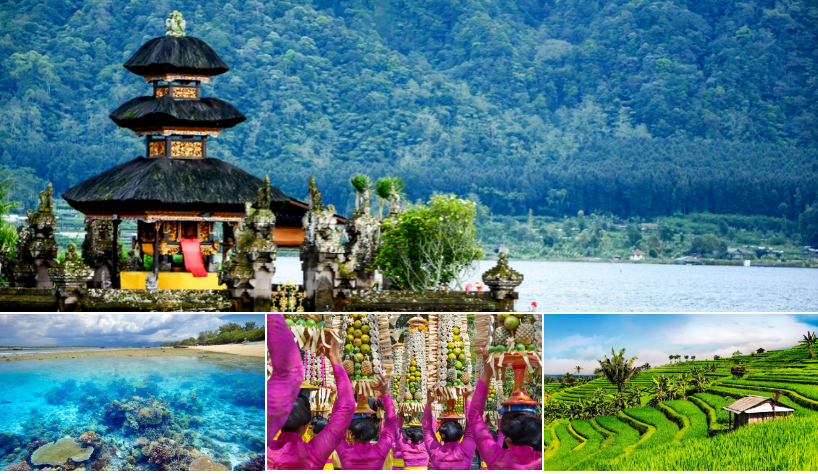 " alt="">
" alt="">  " alt="">
" alt=""> 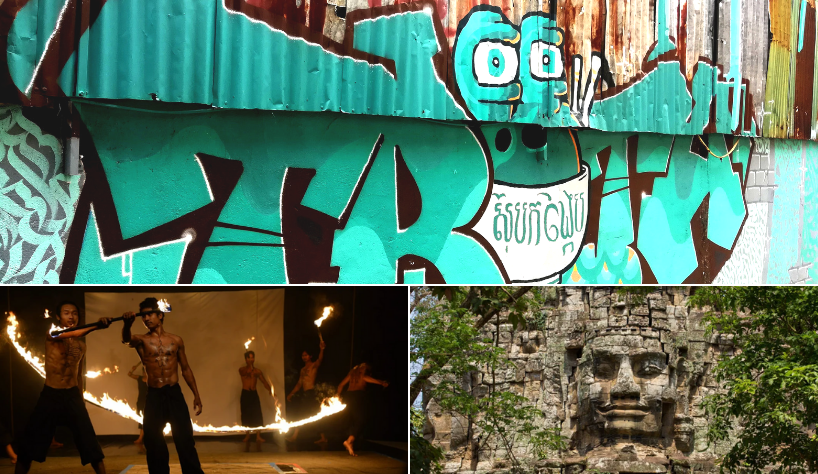 " alt="">
" alt="">  " alt="">
" alt=""> 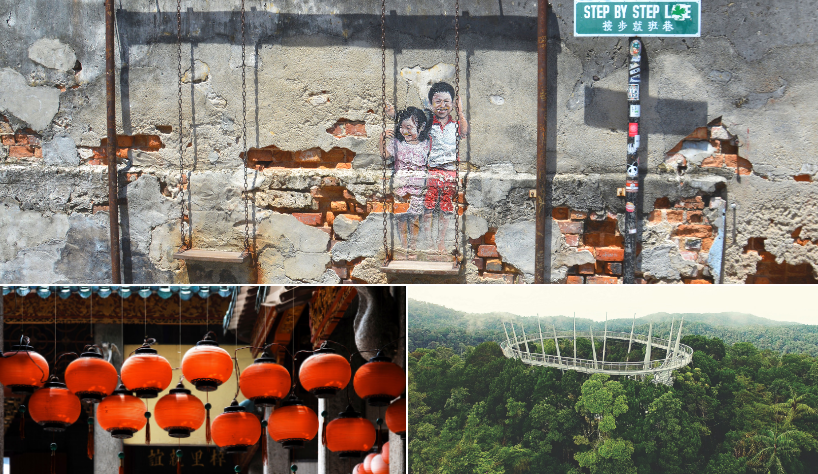 " alt="">
" alt="">  " alt="">
" alt="">  " alt="">
" alt=""> 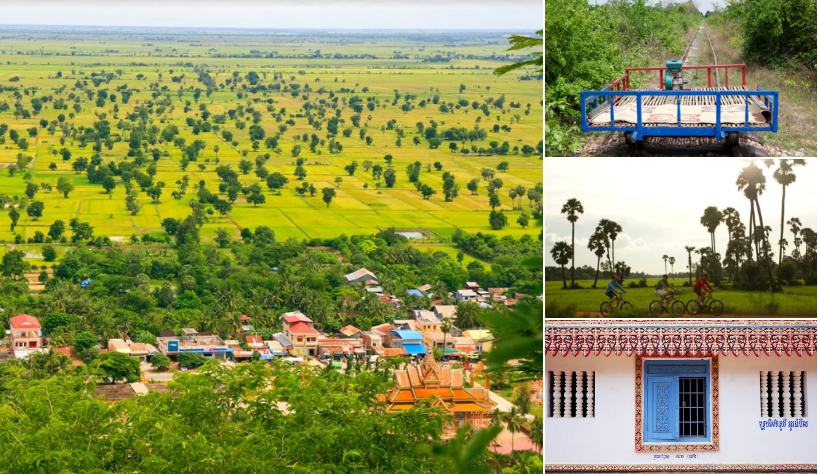 " alt="">
" alt=""> 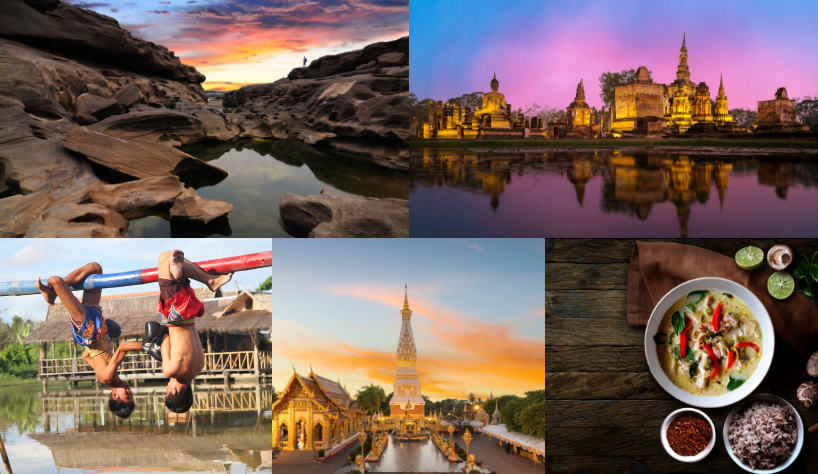 " alt="">
" alt=""> 
 " alt="">
" alt=""> 


 " alt="">
" alt="">  " alt="">
" alt="">  " alt="">
" alt="">  " alt="">
" alt="">  " alt="">
" alt="">